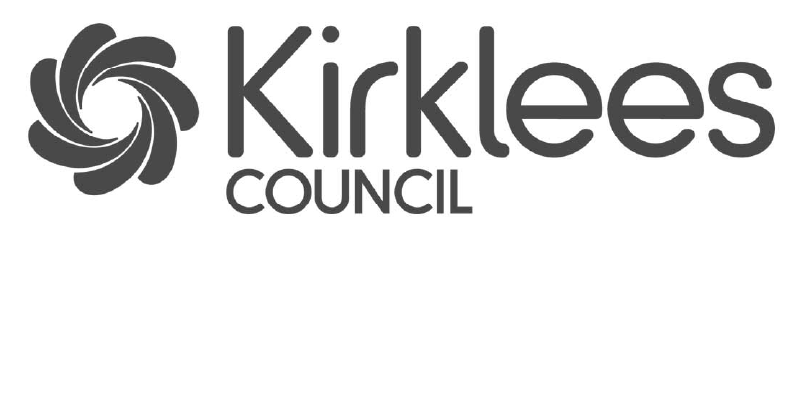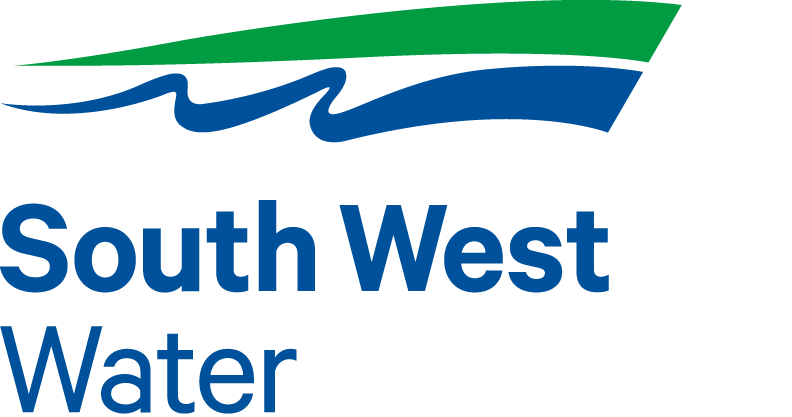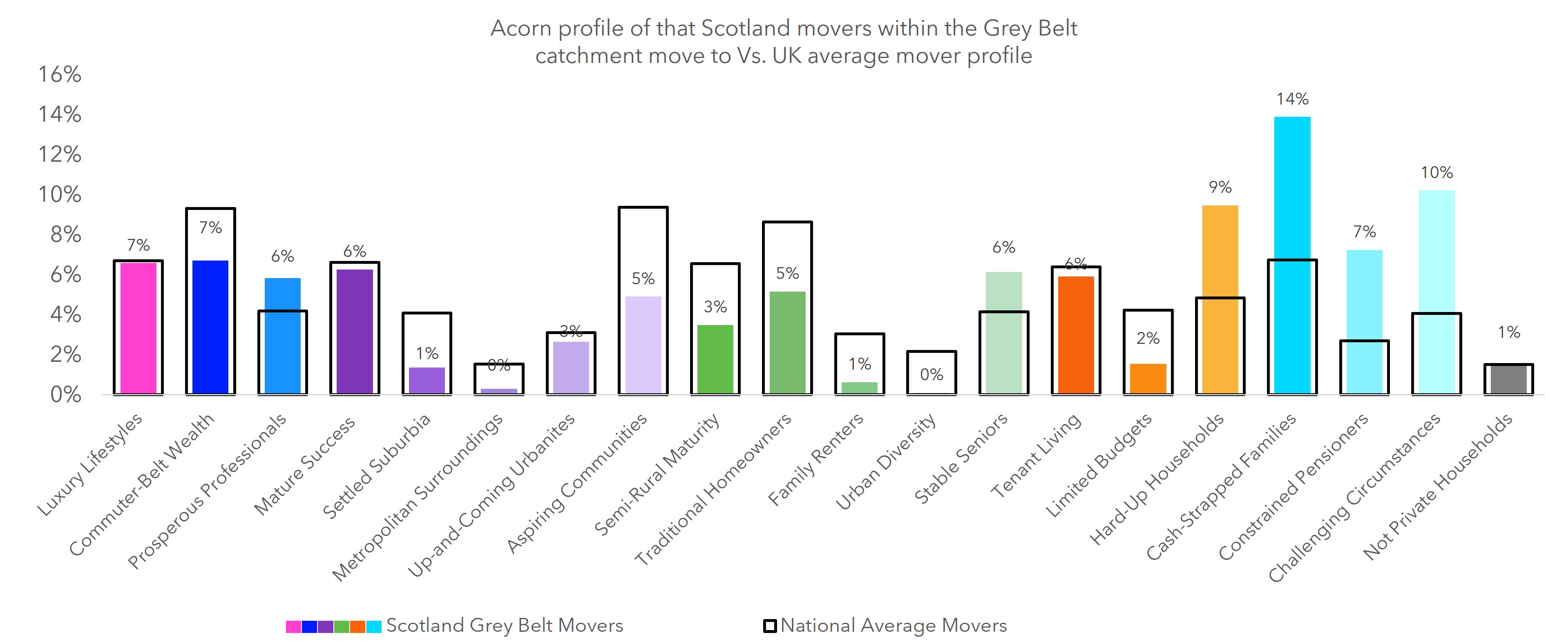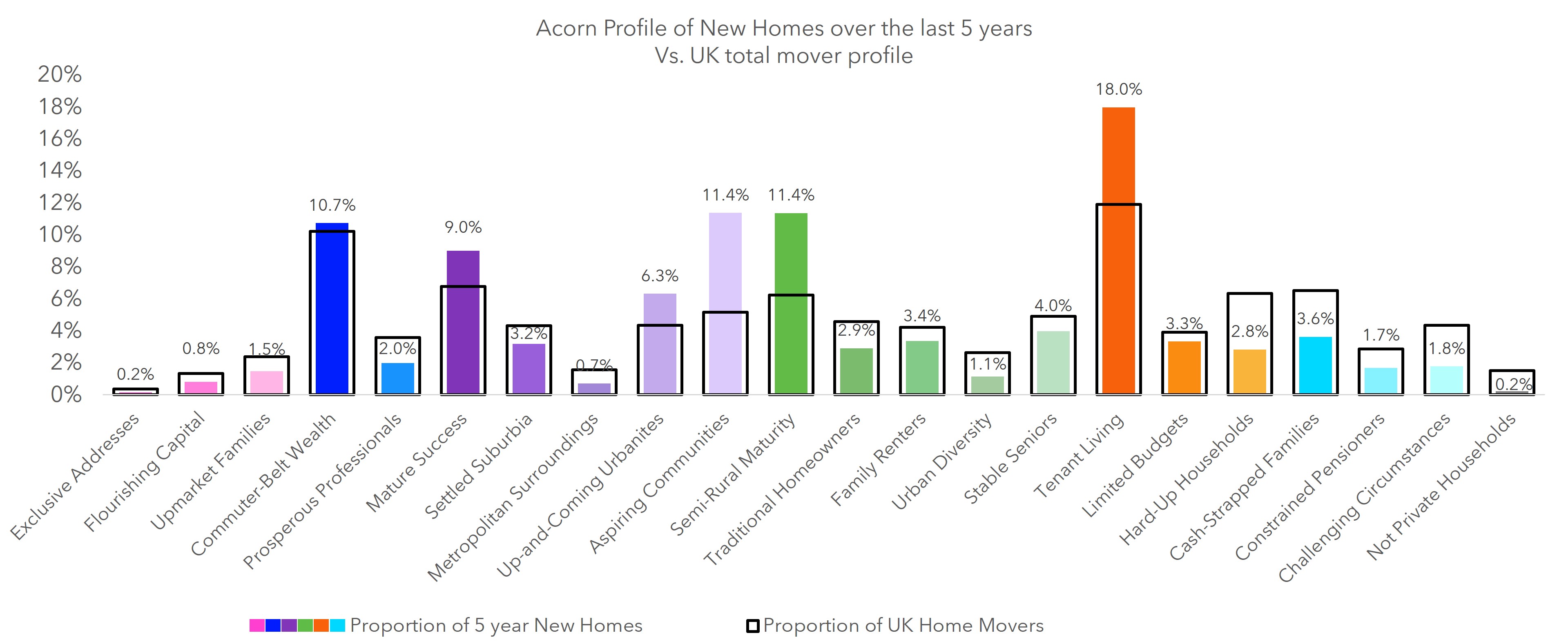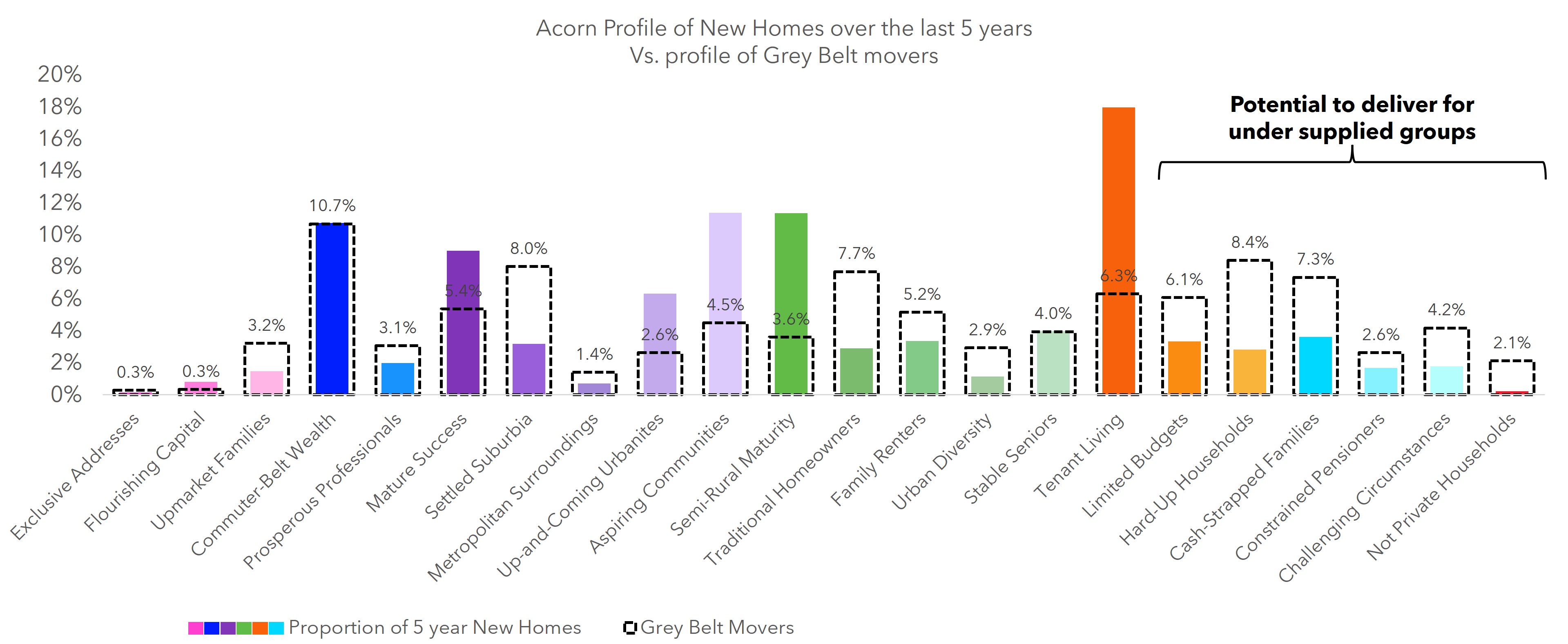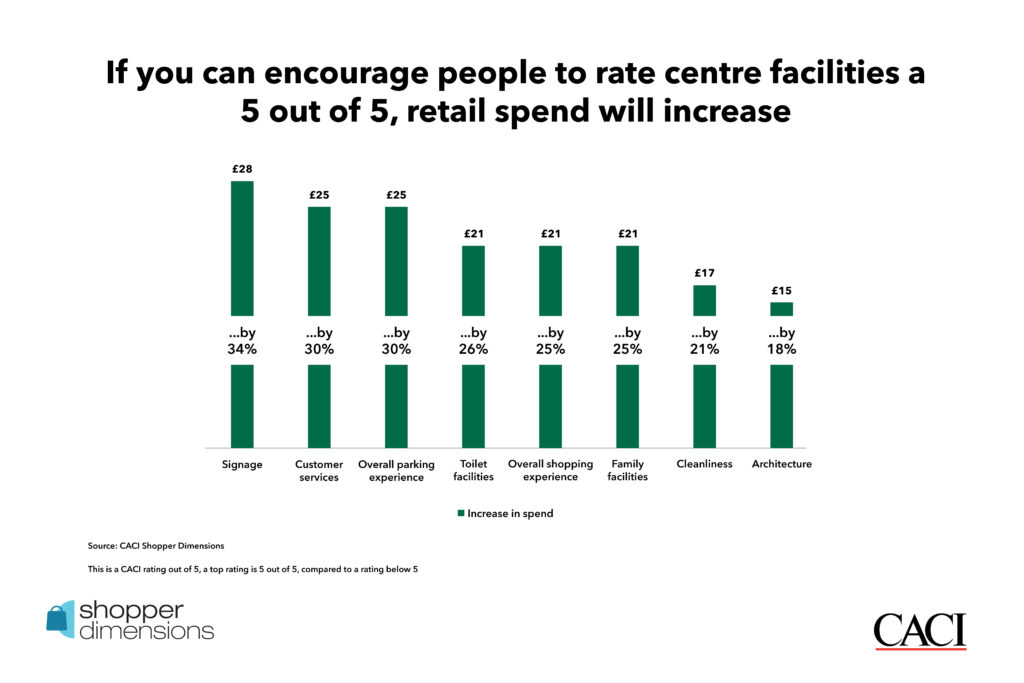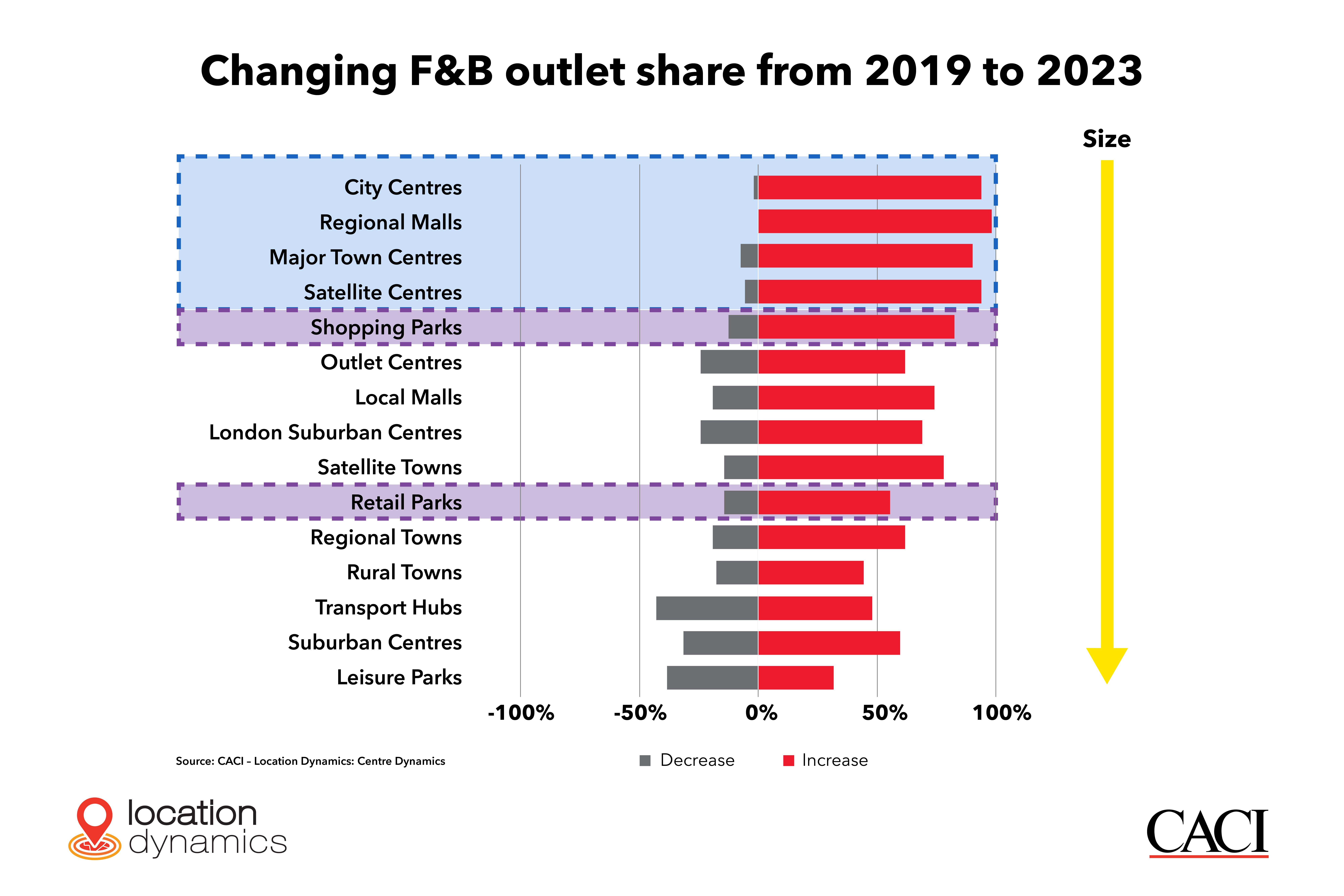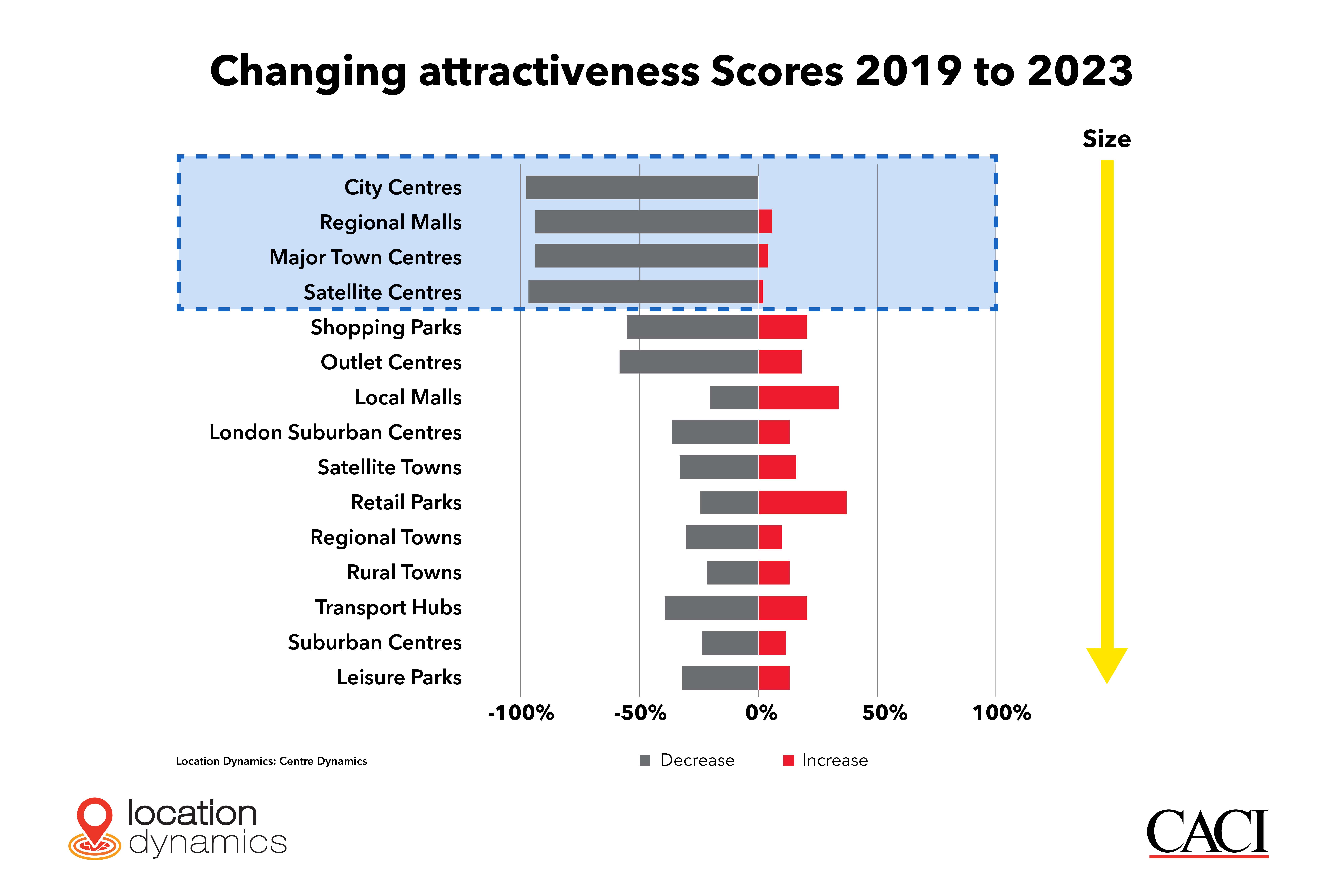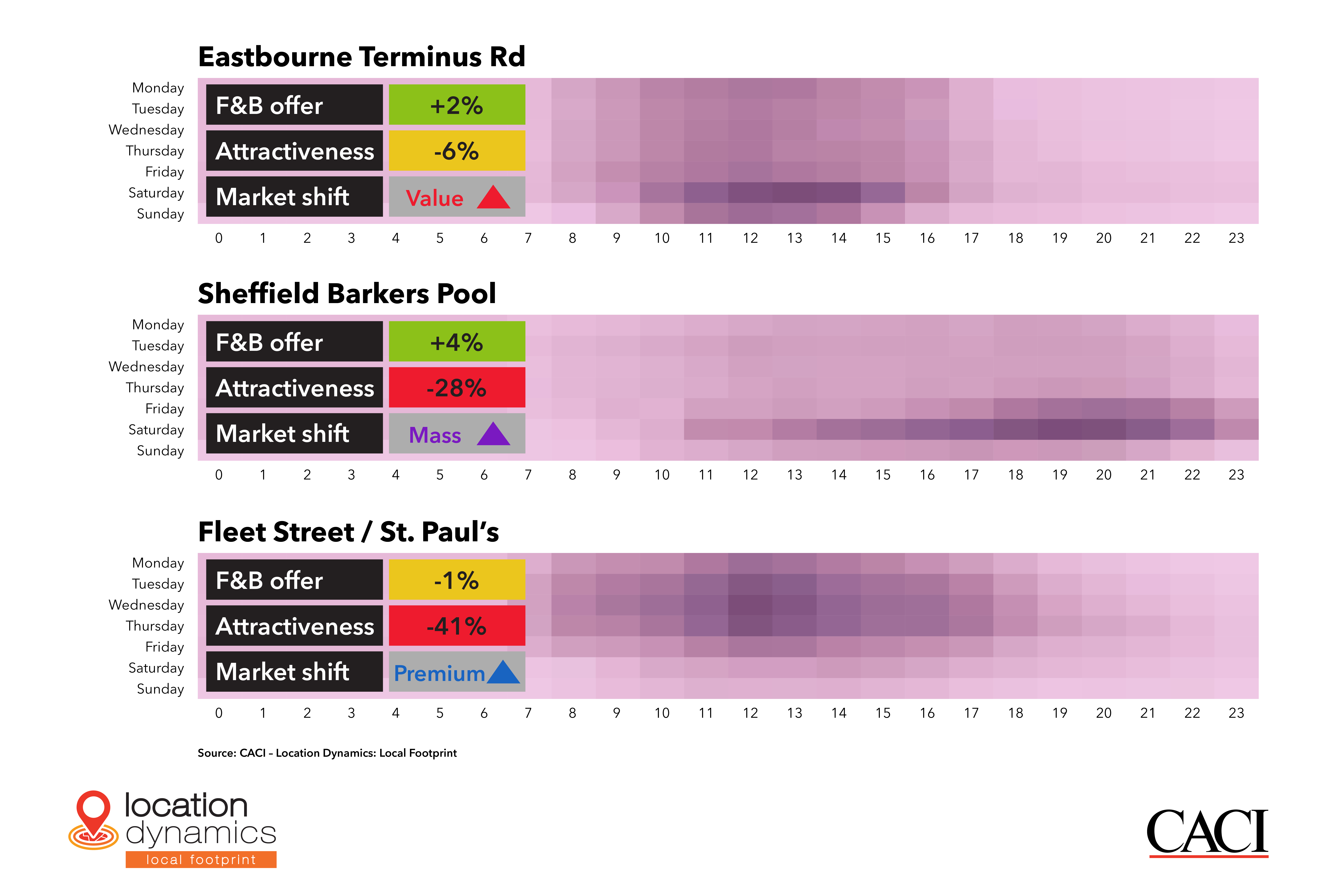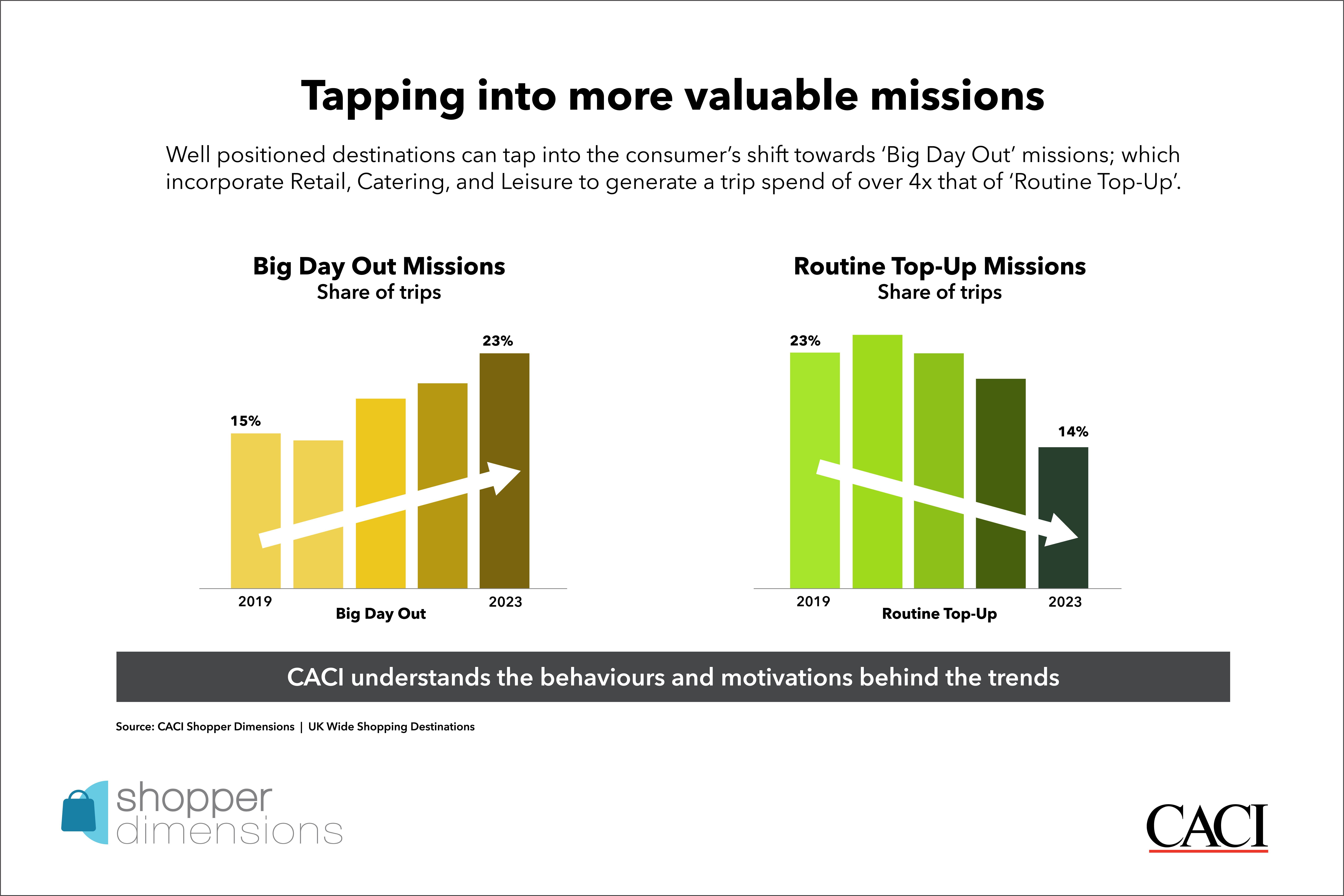What is Marketing Mix Modelling (MMM)?
Marketing mix modelling (MMM) is a statistical tool that helps organisations understand and quantify the impact of marketing activities on consumers’ behaviours, sales, return on investment (ROI) and more. It breaks down an organisation’s performance by channel, incorporating various types of data to evaluate effectiveness and determine which marketing activities are most heavily influencing the organisation’s business outcomes, which we explore further in our blog on marketing mix modelling.
Based on a series of steps, MMM begins with data collection of marketing variables, followed by an analysis of the data collected to identify relationships or patterns and building a customised model to showcase actions and results. Finally, scenario testing can be conducted to gauge possible outcomes, leveraging the results to optimise marketing strategies and bolster decision-making.
What is multi-touch attribution (MTA)?
Multi-touch attribution values each customer touchpoint leading to conversion, with its goal being to decipher the marketing channels or campaigns that should be credited with the conversion. The intention of this is to measure the effectiveness of each channel or touchpoint so that marketers are aware of where they should focus efforts and resources and allocate future spend in the most effective ways possible to enhance customer acquisition efforts.
Through multi-touch attribution, a more comprehensive view into customer journeys can be gained, enabling organisations to create better strategies or optimise their ad spend in line with market shifts. The ability to see how each touchpoint impacts a sale is what allows organisations to dissect customer journeys and allocate budgets accordingly.
What are the differences between multi-touch attribution (MTA) vs marketing mix modelling (MMM)?
Aggregated versus disaggregated data
Aggregated data is statistical data used in MMM that is grouped into channels, regions or times to assess trends in terms of how channels contribute to sales. Disaggregated data, on the other hand, is behavioural data that is used in MTA to gain the most detailed insights possible at user or individual level.
Organisations require aggregate information for visibility into external trends that may be affecting marketing efforts and conversions. In comparison, the precise level of detail available through disaggregated data is critical in MTA as it is required for assigning multiple touchpoints within a customer journey.
Objective and impact assessment
MTA uses trackable customer interactions to understand the importance of each touchpoint. As a result, one of the most substantial differences between these two is their objective. MTA focuses on the impact of specific, individual touch points and their sale or conversions impact, whereas MMM focuses on the overall impact of your marketing mix and how that combination influences sales or other outcomes.
Choosing the right approach for your company
MMM’s main goal is to help organisations deduce overall business outcomes and MTA helps organisations understand the contributions of individual touchpoints to conversions or actions. MMM includes both online and offline channels, whereas MTA only includes digital channels that track individual user behaviours.
While MTA may not be easy to implement due to ever-changing customer journeys paired with uniting all touchpoints across various devices, channels and platforms, it does enable flexibility and offers a more granular understanding of what does and does not work within marketing initiatives. This flexibility and granularity equips organisations with insights that allow for informed, data-driven decision-making for digital marketing campaigns.
When to use multi-touch attribution modelling (MTA)
Multi-touch attribution has become a staple for organisations requiring tactical insights and are focused on short-term optimisation by measuring and quantifying the impact that their digital marketing campaigns are having. The visibility that multi-touch attribution modelling provides into the success of touchpoints across a customer’s journey is unparalleled. This insight is critical for organisations to consider amidst consumers’ increasing wariness of marketing messaging. Through this, the right audiences and their respective marketing preferences can be identified across channels, enabling customised messaging to be created and the right consumers on the right channels at the right times to be reached.
Maximising ROI can also be made possible through multi-attribution modelling by engaging with consumers in fewer though more frequent and impactful marketing messages that ultimately shorten sales cycles.
When to use marketing mix modelling (MMM)
Marketing mix modelling should be used when needing to understand the combined impact of advertising spending, promotions, pricing and distribution channels. It can be particularly impactful for organisations that are well-established and have a plethora of data over the course of many years to work with. From media activities to external variables including macroeconomic factors and competitors’ activities and internal variables like product distribution, product changes and price changes, countless categories can be monitored for organisations to analyse data and understand the relationship between sales and these elements. Its [immunity to the everchanging privacy landscape] is also a key advantage.
How to use both approaches together
Both MTA and marketing mix modelling MMM are key approaches in the realm of marketing analytics. When used together, MMM can offer macro-level views into marketing impact on revenue, while MTA can supply granular insights into the effectiveness of specific marketing channels. Organisations that understand when and how to use both approaches will find themselves transforming their marketing strategies and maximising their ROI.
Combining these two approaches when building an attribution strategy is often recommended. However, MMM will ultimately be most effective for gaining long-term, strategic insights that can bolster planning and financial outcomes, whereas MTA is best suited for short-term, tactical insights that can enhance day-to-day optimisation, campaigns and decision-making.
How CACI can help
CACI supports businesses in their delivery of optimised marketing efficiency by:
- Determining the value and performance of activity through evolved multi-touch & econometric modelling
- Producing results to sustain & increase growth through targeted investment & improved marketing performance
- Delivering improved accuracy, consistency and availability of marketing performance insights
- Enhancing capability by evolving data, technology & process
- Supporting the provision of ongoing strategic & delivery resource.
Find out more about the impact that digital attribution modelling can have on your business by contacting us today.
Sources:
- https://segment.com/academy/advanced-analytics/an-introduction-to-multi-touch-attribution/
- https://funnel.io/blog/mta-vs-mmm#:~:text=Marketing%20mix%20modeling%20(MMM)%20and,effectiveness%20of%20specific%20marketing%20channels
- https://www.marketingevolution.com/marketing-essentials/multi-touch-attribution
- https://segment.com/academy/advanced-analytics/an-introduction-to-multi-touch-attribution/
- https://www.marketingevolution.com/marketing-essentials/multi-touch-attribution























